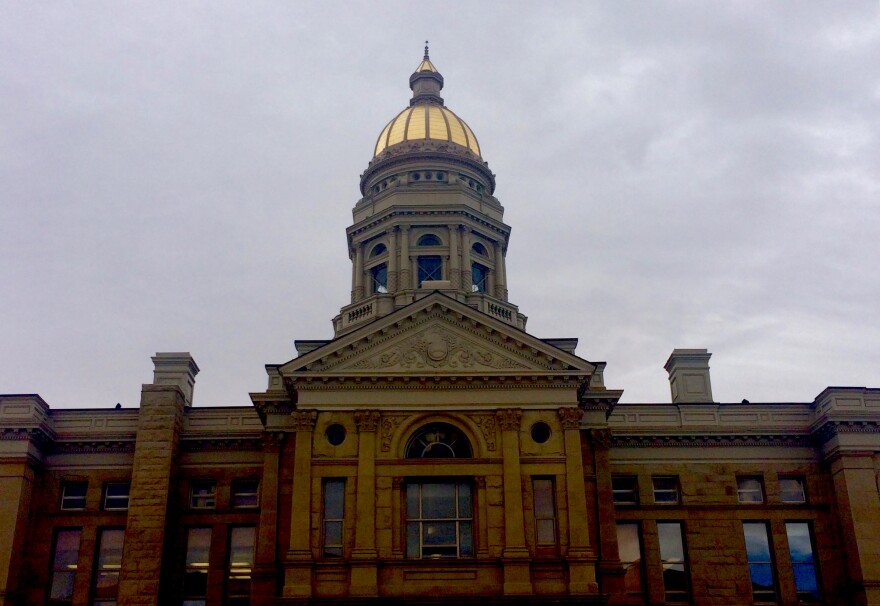Last week, we brought you what falling oil prices mean for North Dakota, in five numbers. This week, we bring you Wyoming’s outlook, again in five numbers.
1) $37.90 per barrel.
That’s the current price of a barrel of Wyoming sweet crude. It’s about $10 less than the price of West Texas Intermediate crude, which is the price most people are referring to when they talk about "the price of oil." Wyoming oil producers have to sell their oil cheaper than the West Texas price, because of high transportation costs for moving the oil from Wyoming to refineries elsewhere in the country. But Wyoming’s transportation costs aren’t nearly as high as in places like North Dakota, where most oil leaves the state by train.
2) 47 rigs
That's the number of drilling rigs currently operating in Wyoming. It’s about the same number as this time last year, but down from a high of 63 in October. A few rigs often get “laid down” in winter, but this time the shrinking rig count is probably also affected by prices. Oil wells are pricey -- they can cost millions of dollars -- and when prices sink too low, companies hold off on drilling because they aren’t sure they’ll be able to recoup the investment.
3) $50 a barrel
That’s how much the State of Wyoming is projecting a barrel of oil will cost, on average, in 2015. While that’s higher than the current price, it’s much lower than the $85 predicted back in October, and the state doesn’t expect to see prices rebound to that level anytime soon. In fact, its projections have oil staying below $65 a barrel through 2020. On the ground in Wyoming, that number almost inevitably means lost jobs and lost revenues to local communities.
4) $222 million
That’s how much money Wyoming won’t make in the next fiscal year, in large part due to falling oil prices. The state budget is on a two-year schedule, so that revenue loss won’t affect the current year, which is already funded. But it does make the argument for new state expenditures something of an uphill battle. Legislators are already saying that requests for additional funding (technically called the "supplemental budget") are going to be put under a cash-constrained microscope.
5) $19 billion
That's the amount Wyoming lawmakers have stashed away in various savings accounts, according to Wyofile. Roughly half of that is in two accounts: the Permanent Mineral Trust Fund and the Legislature’s “rainy day” account. The rest is distributed between half a dozen other accounts, many of them tied to education.
The savings accounts exist because Wyoming’s economy is so affected by swings in commodity prices, like oil. There are few people in the state who disagree with the wisdom of saving for the next bust, but a debate has emerged over how much money is being stashed away -- and for what purpose. Even before the oil price drop some legislators were calling for the state to take a hard look at its saving strategy. Now, that chorus has become louder, and has grown to even include the Governor. In last week’s State of the State address, he argued that the state should be spending more on infrastructure and other investments, saying that Wyoming’s founders were “not hoarders, they were builders.”
That attitude is at odds with how Wyoming has traditionally reacted to a financial crunch caused by falling commodity prices. Perhaps the Governor's call for increased infrastructure spending, even with oil prices at a many-year low, is a sign that some in Wyoming are growing weary of the endless boom-bust cycle.







